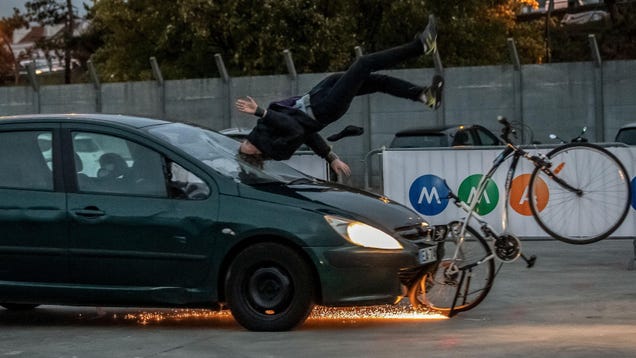Understanding the Rising Danger of Pedestrian Accidents
The alarming increase in pedestrian fatalities on American roads has become a pressing concern for public safety officials and citizens alike. According to the National Highway Traffic Safety Administration (NHTSA), pedestrian deaths have surged in recent years, prompting calls for urgent action. This article delves into the factors contributing to this crisis, the NHTSA’s recent proposals aimed at mitigating risks, and what individuals can do to stay safe.
The Alarming Statistics Behind Pedestrian Fatalities
Recent data from the NHTSA reveals a troubling trend: pedestrian deaths in the United States reached a 40-year high in 2021, with over 7,300 fatalities. This statistic underscores the urgent need for comprehensive safety measures. Factors such as increased vehicle size, distracted driving, and urban design flaws contribute significantly to this crisis. For instance, larger vehicles, particularly SUVs and trucks, pose a greater risk to pedestrians due to their height and mass. A study published in the journal *Injury Prevention* found that pedestrians struck by SUVs are 2.5 times more likely to suffer fatal injuries compared to those hit by smaller cars.
The Role of Vehicle Design in Pedestrian Safety
One of the NHTSA’s recent proposals includes new testing regulations for vehicle manufacturers to assess the impact of vehicle design on pedestrian safety. The agency aims to evaluate how features like squared-off grilles and elevated hoods contribute to head trauma in the event of a collision. Research indicates that a mere four-inch increase in hood height can increase the likelihood of severe injury by 22%. By implementing stricter design guidelines, the NHTSA hopes to encourage manufacturers to prioritize pedestrian safety in their vehicle designs.
Urban Planning and Its Impact on Pedestrian Safety
Beyond vehicle design, urban planning plays a crucial role in pedestrian safety. Many American cities are designed with vehicles in mind, often neglecting the needs of pedestrians. Poorly designed crosswalks, inadequate lighting, and a lack of safe walking paths contribute to the dangers pedestrians face. A study by the *Transportation Research Board* found that cities with pedestrian-friendly infrastructure, such as wider sidewalks and better crosswalk visibility, experience significantly lower pedestrian accident rates.
Advocating for Change: What Can Be Done?
To combat the rising tide of pedestrian fatalities, a multi-faceted approach is necessary. Advocacy for improved urban planning is essential. Citizens can engage with local government officials to push for pedestrian-friendly initiatives, such as the installation of more crosswalks, better street lighting, and traffic calming measures like speed bumps.
Additionally, public awareness campaigns can educate drivers about the importance of vigilance and the need to share the road with pedestrians. For instance, initiatives like “Vision Zero,” which aims to eliminate all traffic fatalities, have gained traction in various cities, promoting a culture of safety.
Staying Safe as a Pedestrian
While systemic changes are crucial, individuals can also take proactive steps to enhance their safety as pedestrians. Here are some actionable tips:
– **Stay Alert:** Avoid distractions such as mobile phones while walking. Being aware of your surroundings can help you react quickly to potential dangers.
– **Use Crosswalks:** Always cross streets at designated crosswalks and obey traffic signals.
– **Wear Visible Clothing:** Especially at night, wearing bright or reflective clothing can make you more visible to drivers.
– **Make Eye Contact:** When crossing in front of vehicles, try to make eye contact with drivers to ensure they see you.
The Path Forward
The NHTSA’s recent proposals represent a significant step toward addressing the growing dangers faced by pedestrians. However, a collaborative effort involving vehicle manufacturers, urban planners, and individuals is essential to create safer environments for everyone. By advocating for better policies and remaining vigilant as pedestrians, we can work together to reduce fatalities and foster a culture of safety on our roads.

